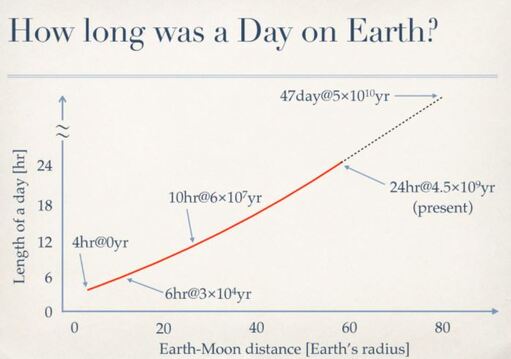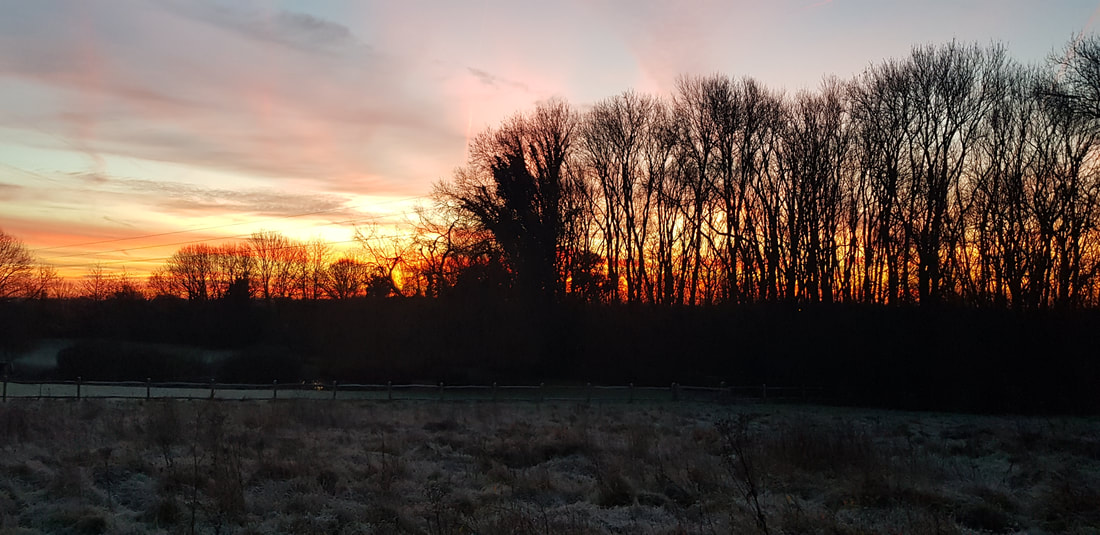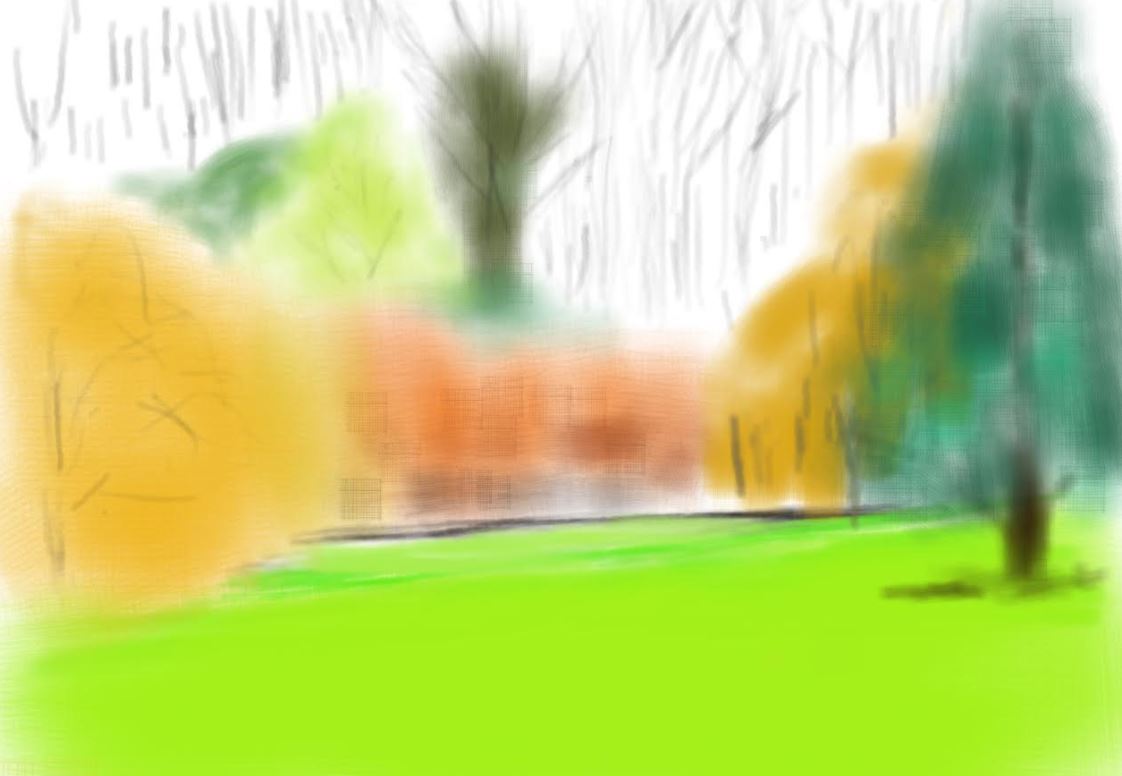
The air is typically filled with these tiny particles called aerosols, which are produced by things like trees but also by industrial activities. Aerosols attract water vapor and enlarge, essentially filtering the light we see in the sky and scattering it. But in the winter when the air is colder and dryer, there are less of these colour-filtering aerosols in the air, meaning we see colours in all their intensity.
So how many sunrises has the Earth witnessed? If we assume a 24 hour day thats 1642500000000
sunrises but this is a massive underestimate. Takanori Sasaki presents a graph relating the development of life ("though not an expert on the issue") with the length of the day through time. According to it, the first evidence of life, 3.5 billion years ago, happened when the day lasted 12 hours. The emergence of photosynthesis, 2.5 billion years ago, happened when the day lasted 18 hours. 1.7 billion years ago the day was 21 hours long and the eukaryotic cells emerged. The multicellular life began when the day lasted 23 hours, 1.2 billion years ago. The first human ancestors arose 4 million years ago, when the day was already very close to 24 hours long.
Being philosphical, the Earth (and universe for that matter), have taken a lot of trouble over billions of sunrises to form me so that I can admire, experience wonder and feel uplifted at its spectacle.


 RSS Feed
RSS Feed